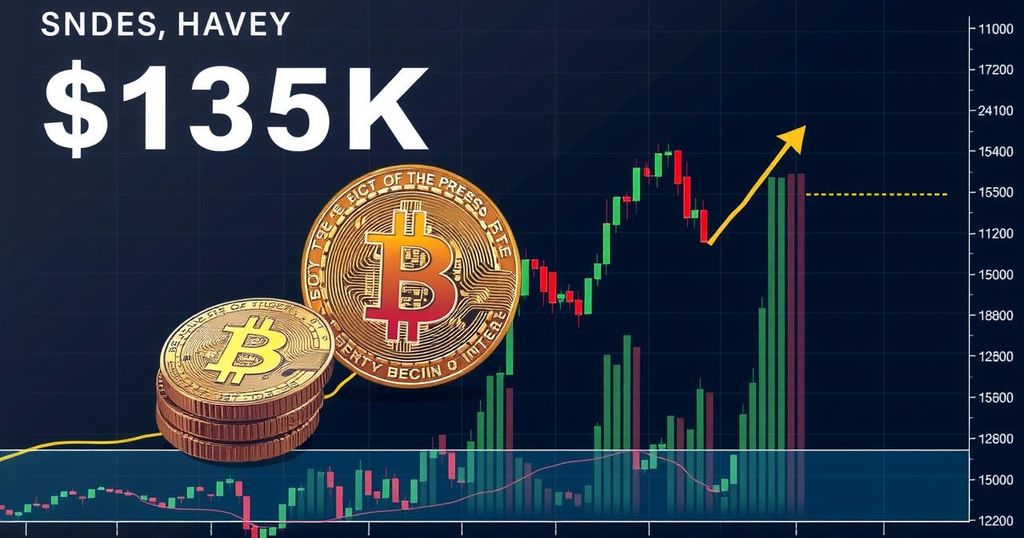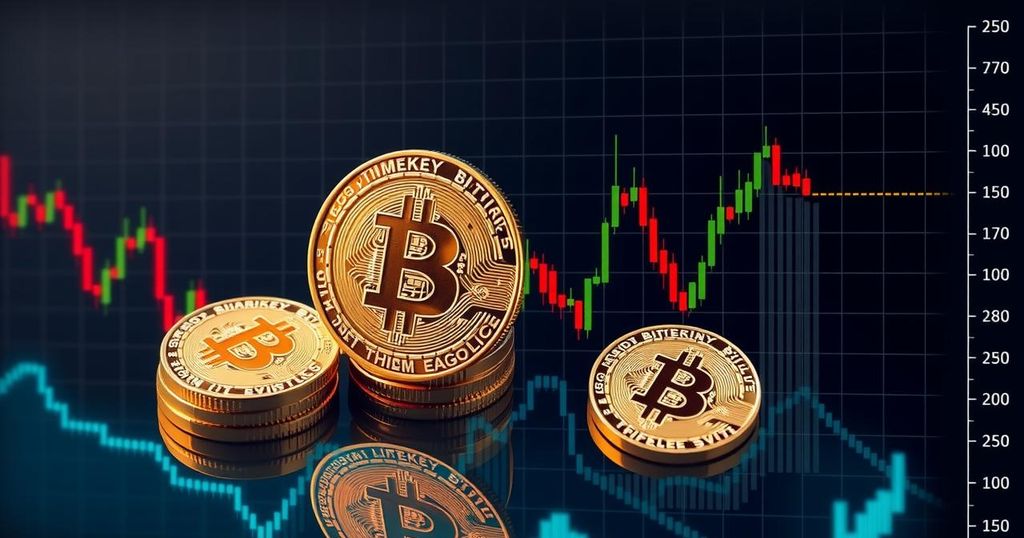Ethereum Lags Behind Bitcoin Following Fed Rate Cut Amid Weak Institutional Demand
Since the Federal Reserve’s September rate cut, Bitcoin has significantly outperformed Ethereum due to stronger institutional demand. Ethereum has seen declining trading volumes and a low ETH/BTC ratio, indicating weak adoption among institutions. Conversely, altcoins like Solana are experiencing interim gains amid increased stablecoin liquidity. Analysts stress the need for substantial institutional interest to reverse Ethereum’s current trend, highlighting the importance of external economic factors in the cryptocurrency market’s performance.
In the aftermath of the Federal Reserve’s recent 50-basis point rate cut, Bitcoin has significantly outperformed Ethereum, as noted by analysts from Kaiko Research. This disparity in performance can be attributed to Bitcoin’s robust institutional adoption and the prevailing market demand for the asset. Conversely, Ethereum has struggled to attract similar institutional interest, as evidenced by the ETH/BTC trading pair falling to its lowest point since April 2021, now below 0.04. While Solana has shown resilience, increasing in value amidst a general market downturn, the overall demand for Ethereum in spot markets has been lackluster. In October, Ethereum’s trading volumes lagged behind most altcoins, reaching a gap that has not been seen since March. Experts indicate that for Ethereum to witness a sustainable uptrend, there must be a substantial shift in institutional capital flows, akin to the circumstances of mid-2021. Bitwise’s European Head of Research, André Dragosch, articulated this point by stating that a significant reversal in Ethereum’s on-chain capital flows would be necessary for a noteworthy performance. Notably, in late 2021, Ethereum reached an all-time high alongside Bitcoin, but since then, Bitcoin has surpassed its previous peak in March, while Ethereum remains below its November 2021 highs. In a related context, Ethereum co-founder Vitalik Buterin has recently proposed technical advancements to improve the Ethereum protocol, focusing on single-slot finality and Layer 2 scaling solutions. However, analysts, including Coinbase’s David Duong, have expressed skepticism regarding the immediate impact of these developments on Ethereum’s market appeal. They note that the current focus remains on external economic factors, including the impending U.S. presidential elections, rather than internal protocol enhancements. Amidst this backdrop, altcoins, particularly Solana, have experienced a positive shift in market sentiment, attributed to increased liquidity in stablecoins, which reached a record market capitalization of $160 billion. This influx of capital is seen as a potential catalyst for altcoin growth in the coming days. Outlier Ventures’ Jasper De Maere recommended caution, acknowledging Bitcoin’s resilience but warning that macroeconomic conditions could introduce volatility in asset prices, including cryptocurrencies.
The article provides an analysis of the current state of Ethereum and Bitcoin in relation to market dynamics influenced by the Federal Reserve’s recent monetary policy decisions. It discusses how Bitcoin’s historic institutional adoption has allowed it to perform better than Ethereum. Additionally, it addresses external factors affecting the cryptocurrency market, such as the liquidity of stablecoins and overall market sentiment toward altcoins. These observations are aligned with the ongoing shifts in cryptocurrency institutional adoption, trading volumes, and macroeconomic conditions that could impact future performance.
In conclusion, while Bitcoin’s performance has outpaced Ethereum following the Federal Reserve’s rate cut, Ethereum’s struggles in capturing institutional interest and trading volume highlight its current vulnerabilities. Potential advancements proposed by Ethereum’s co-founder may improve its infrastructure, yet they do not address immediate investor concerns. As liquidity for stablecoins increases, altcoins like Solana may benefit, but overall cautious optimism is warranted due to ongoing economic uncertainties that could affect the broader crypto market.
Original Source: www.theblock.co








Post Comment